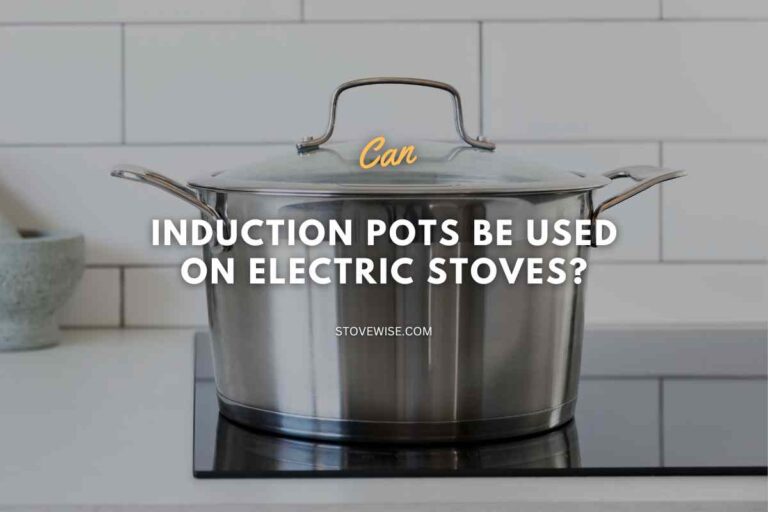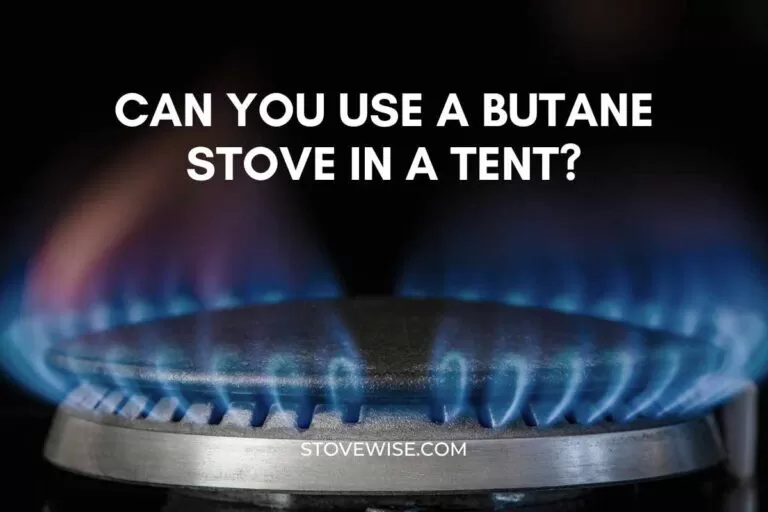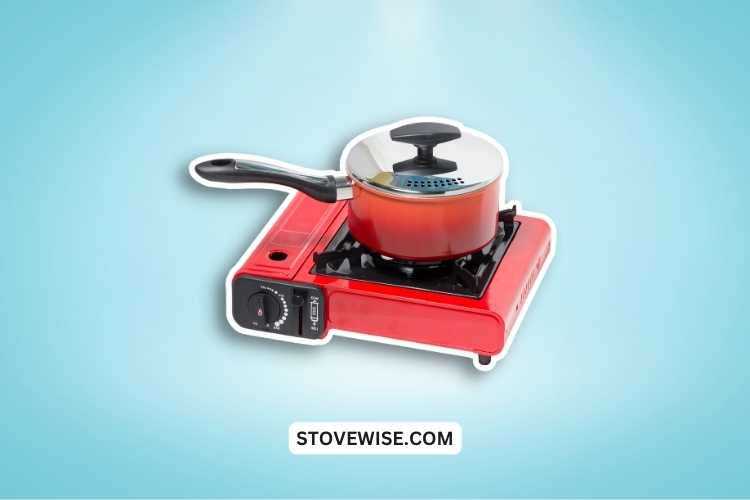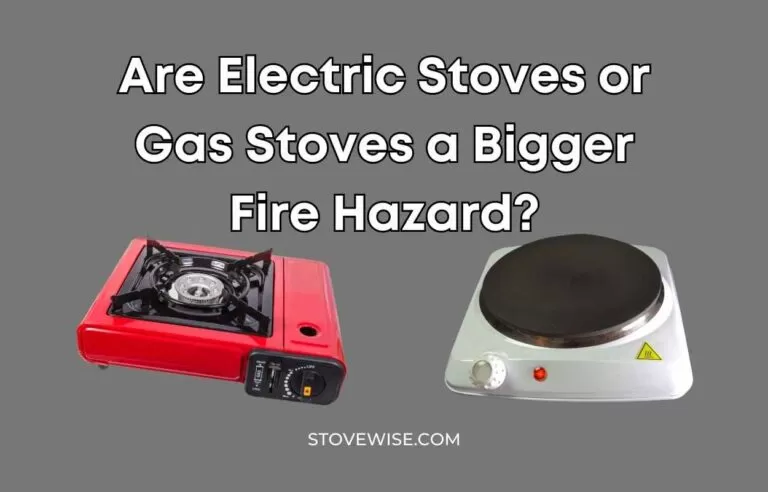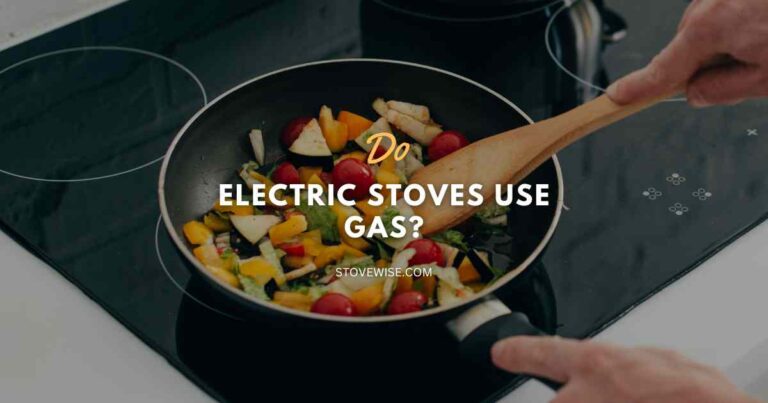What Is a Stove Eye? A Simple Explanation for Home Cooks
If you’ve ever cooked on a stove, you’ve probably heard the term “stove eye” before. But what is a stove eye?
A stove eye is simply another name for the burner on a stove. It’s part of the stove where pots and pans are placed during cooking, and it’s designed to distribute heat evenly across the cooking surface.
Stove eyes can be found on both gas and electric stoves, and they come in a variety of shapes and sizes. Some stoves have four or six burners, while others have only two.
The number of stove eyes you have will depend on the size and type of stove you have in your kitchen. But regardless of how many stove eyes you have, they all serve the same basic purpose: to provide a source of heat for cooking.
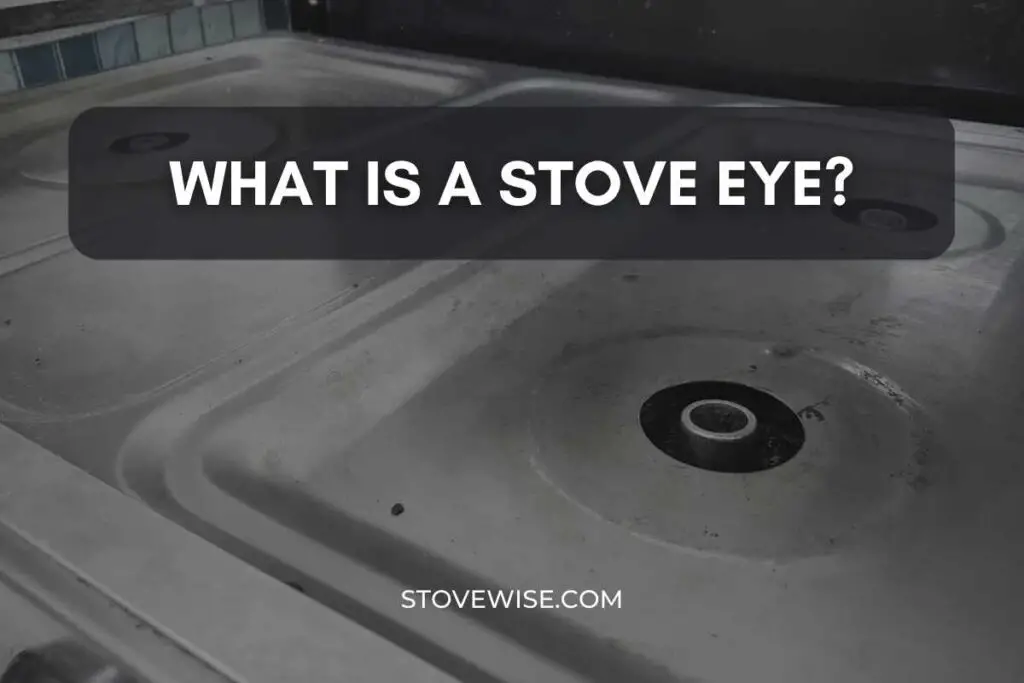
Contents
Types of Stove Eyes
When it comes to stove eyes, there are two main types: electric and gas. Each type has its own unique features and benefits, so it’s important to understand the differences between them.
Electric Stove Eyes vs Gas Stove Eyes
Electric stove eyes are typically found on electric stovetops and use electricity to heat up the coil or element.
They come in different sizes and shapes, and some even have multiple rings that allow you to adjust the size of the heating area. Electric stove eyes are easy to clean and maintain, and they heat up quickly.
On the other hand, gas stove eyes are found on gas stovetops and use natural gas or propane to heat up the burner.
Stove eyes are often preferred by professional chefs because they provide more precise temperature control and heat distribution. Gas stove eyes are also easy to clean and maintain, but they may take longer to heat up.
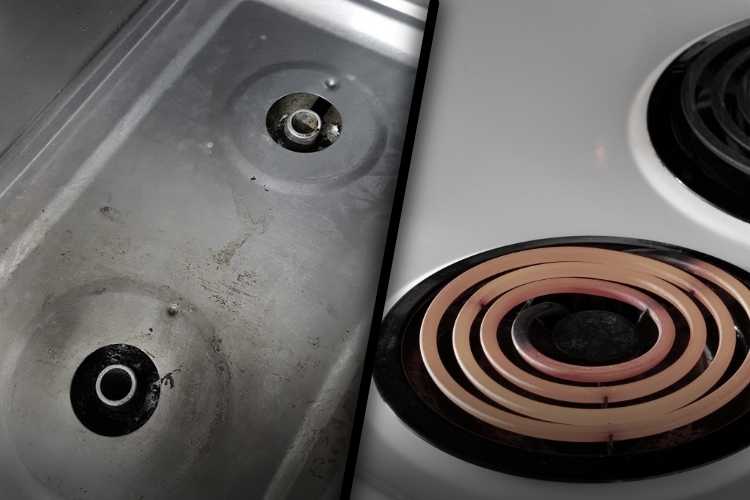
Difference Between Stove Eye and Burner
While the terms “stove eye” and “burner” are often used interchangeably, there is a slight difference between the two. A stove eye refers specifically to the heating element on an electric stove, while a burner refers to the entire heating element on a gas stove.
Stove eyes are typically smaller and more compact than burners, and they are often designed to be replaced individually if they become damaged or worn out.
Burners, on the other hand, are usually larger and more complex, and they may need to be replaced as a unit if they become damaged or worn out.
Overall, whether you choose electric or gas stove eyes will depend on your personal preferences and cooking needs. Both types have their own advantages and disadvantages, so it’s important to consider your options carefully before making a decision.
How Does a Stove Eye Work?
When you turn on a stove eye, the electricity flows through the coil or burner element. The electric current is then converted into heat, which is transferred to the pot or saucepan that is placed on the stove eye.
The stove eye is designed to distribute heat evenly across the cooking surface, ensuring that your food is cooked evenly.
The heat output of the stove eye can be adjusted using the variable switch that is connected to the knob. Turning the knob increases or decreases the amount of electricity that flows through the coil or burner element, which in turn adjusts the heat output.
If you have a gas stove, the stove eye works slightly differently. Gas flows through the burner head and is ignited by a spark. The flame that is produced heats the pot or saucepan that is placed on the burner grate.
It is important to note that stove eyes can take a few minutes to heat up. This is because the coil or burner element needs time to reach the desired temperature. Once the stove eye is hot, it will maintain its temperature until it is turned off.
When you are cooking on a stove eye, it is important to use the right size pot or saucepan. If the pot or saucepan is too small, it will not cover the entire stove eye, which can result in uneven heating.
If the pot or saucepan is too large, it can block the flow of heat to the other stove eyes, which can also result in uneven heating.
What Are Stove Eyes Made Of?
Stove eyes, also known as burners, are an essential component of any stove. They are responsible for distributing heat evenly across the cooking surface, allowing you to cook your food to perfection. But what are stove eyes made of? Let’s take a closer look.
Gas Stove Eyes
Gas stove eyes are typically made of cast iron or stainless steel. Cast iron is a popular choice because it is durable and can withstand high temperatures.
Stainless steel, on the other hand, is resistant to corrosion and is easy to clean. The burner head, which is part of the stove eye that produces the flame, is usually made of brass or aluminum.
These materials are good conductors of heat and can withstand the high temperatures produced by the flame.
Electric Stove Eyes
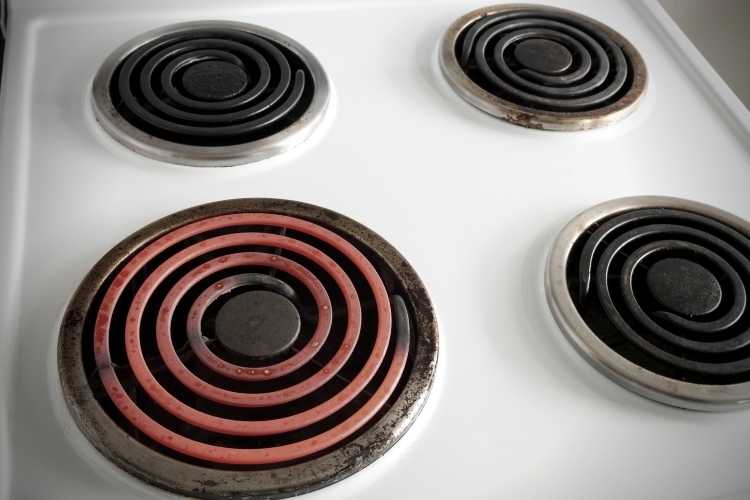
Electric stove eyes are typically made of a metal cylinder that contains a resistance wire. The resistance wire is usually made of nichrome, a nickel-chromium alloy that is resistant to oxidation and has a high melting point.
The metal cylinder is usually made of stainless steel or aluminum, which are good conductors of heat. The resistance wire is wrapped around a ceramic insulator, which helps to prevent the wire from coming into contact with the metal cylinder.
Induction Stove Eyes
Induction stove eyes are made of a flat ceramic surface that contains a copper coil. When an alternating current is passed through the coil, it produces a magnetic field that heats up the cookware placed on top of the surface.
The ceramic surface is usually made of tempered glass or ceramic glass, which is resistant to high temperatures and is easy to clean. The copper coil is usually made of high-conductivity copper, which allows for efficient energy transfer.
In conclusion, stove eyes are made of a variety of materials depending on the type of stove. Gas stove eyes are typically made of cast iron or stainless steel, electric stove eyes are made of a metal cylinder containing a resistance wire, and induction stove eyes are made of a flat ceramic surface containing a copper coil.
Common Problems with Stove Eyes
If you use your stove regularly, you will likely encounter some problems with your stove eyes at some point. Here are some common issues you may face:
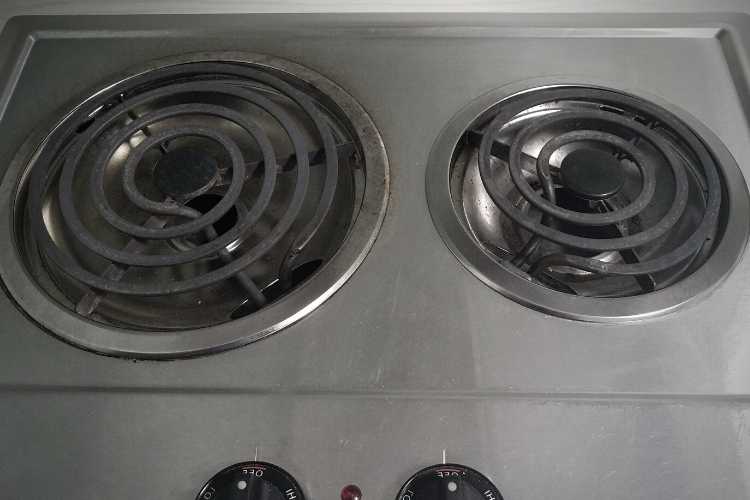
The Burner Won’t Heat Up
If you turn on the stove eye but it doesn’t heat up, there could be a few reasons why. One possibility is that the burner is dirty and needs to be cleaned.
Another possibility is that the burner is faulty and needs to be replaced. If you have an electric stove, the problem could also be with the heating element or the wiring. Also, check our guide on how to fix a butane stove.
Burner Overheats
If the stove’s eye heats up too much, it could be a safety hazard. The most common cause of an overheating stove eye is a faulty temperature sensor.
This sensor is responsible for regulating the temperature of the burner. If it’s not working properly, the burner may get too hot and pose a fire risk.
The Burner Won’t Turn Off
If you turn off the stove eye but it continues to heat up, there could be a problem with the switch or the wiring.
This is a serious safety issue that needs to be addressed immediately. If you can’t turn off the burner, unplug the stove and call a professional to inspect it.
Burner Sparks
If you see sparks coming from the stove eye, turn off the burner immediately. Sparks are a sign that the electrical system is malfunctioning and could cause a fire.
One of the most common causes of sparking is a loose connection or a damaged wire. In some cases, the burner itself may be damaged and need to be replaced.
Burner Won’t Light
If you have a gas stove, you may encounter problems with the burner not lighting. This could be due to a clogged burner or a faulty igniter. If you can’t light the burner, turn off the gas and call a professional to inspect it.
In conclusion, stove eyes are an essential part of any kitchen, but they can also be a source of problems. If you encounter any of the issues listed above, it’s important to address them promptly to ensure your safety and the proper functioning of your stove.
Maintenance and Cleaning of Stove Eyes
Stove eyes are an essential part of your stove, and it is crucial to keep them clean and well-maintained to ensure your stove operates efficiently. Here are some tips on how to clean and maintain your stove eyes.
How Do You Clean Stove Eyes?
Cleaning stove eyes is a simple process that involves removing any food debris or grease that may have accumulated on the burners. There are two methods you can employ to clean your stove eyes: using baking soda or using ammonia.
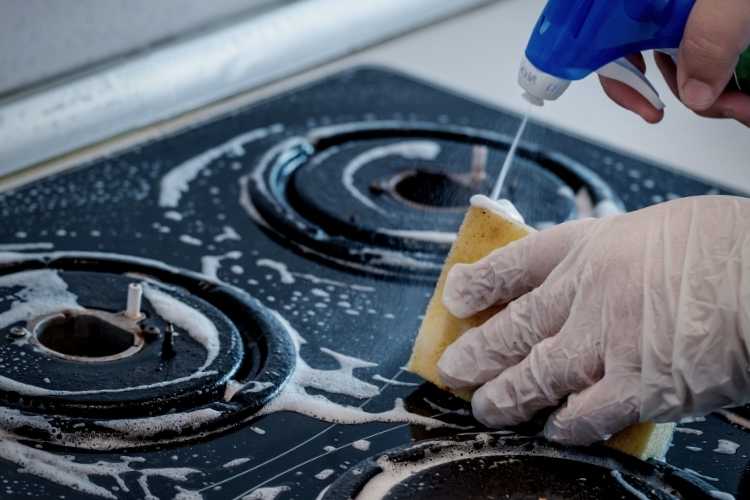
1. Using Baking Soda
Baking soda is a natural and effective cleaning agent that can help remove stubborn stains and clogs from your stove eyes. Here is how you can use baking soda to clean your stove eyes:
- Before stripping away the burner coils or the grates from an electric or gas stove, be sure that the burners have cooled sufficiently.
- Remove the burner grates and burner caps and soak them in warm, soapy water for several hours or overnight.
- Mix a paste of baking soda and water and apply it to the stove eyes.
- Let the paste sit for a few minutes, then scrub the stove eyes with a soft-bristled brush or sponge.
- Rinse the stove eyes thoroughly with water and dry them with a clean towel.
2. Using Ammonia
Ammonia is a potent cleaning agent that can help remove tough stains and grime from your stove eyes. Here is how you can use ammonia to clean your stove eyes:
- Mix equal parts of ammonia and water in a bowl.
- Remove the burner grates and burner caps and place them in a large plastic bag.
- Pour the ammonia mixture over the burner grates and burner caps in the bag, making sure they are fully coated.
- Seal the bag and let it sit overnight.
- The next day, remove the burner grates and burner caps from the bag and rinse them thoroughly with water.
- Wipe down the stove eyes with a damp cloth to remove any remaining residue.
How to Replace a Stove Eye?
If you have a stove eye that is not working properly, you may need to replace the stove eye. Here are the steps to follow when replacing a stove eye:
- Turn off the power supply to the stove. If you have an electric stove, unplug it from the wall. If you have a gas stove, turn off the gas supply valve.
- Remove the old stove eye. First, lift the burner grate and remove the burner cap. Then, lift the stove eye off the socket. If the stove eye is stuck, you may need to gently wiggle it back and forth until it comes loose.
- Install the new stove eye. First, make sure the new stove eye is the correct size and shape for your stove. Then, carefully align the prongs on the bottom of the stove eye with the socket on the stove. Gently press down on the stove eye until it snaps into place.
- Replace the burner cap and grate. Once the new stove eye is installed, replace the burner cap and grate. Make sure they are aligned properly and securely in place.
- Turn the power supply back on. If you have an electric stove, plug it back in. If you have a gas stove, turn the gas supply valve back on.
- Test the new stove eye. Turn on the burner to make sure the new stove eye is working properly. If it is not, double-check that it is installed correctly and try again.
Replacing a stove eye is a relatively simple process that can be done in just a few minutes. With these steps, you can quickly and easily replace a faulty stove eye and get back to cooking your favorite meals.

